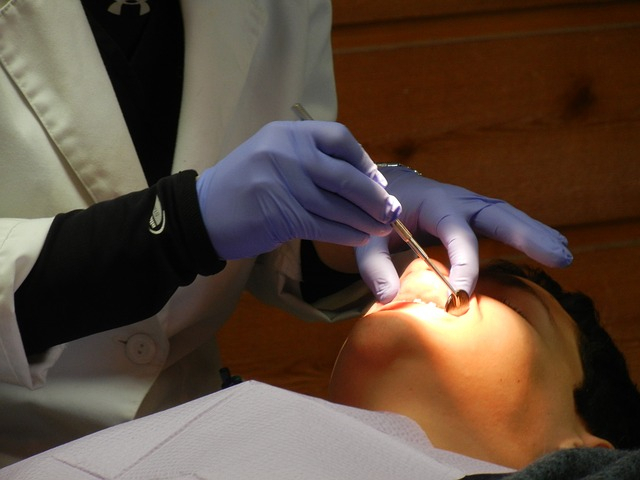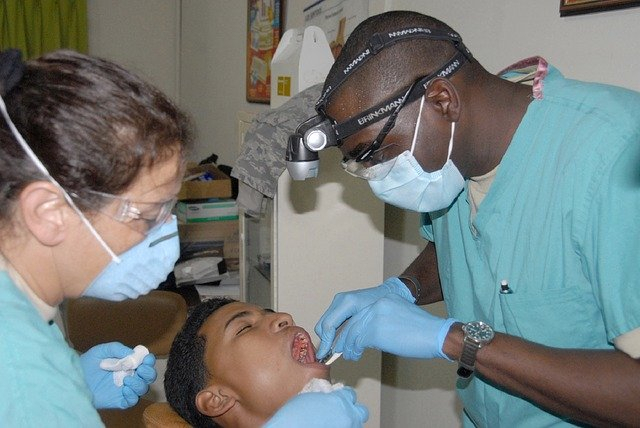The World Health Organization (WHO) has been monitoring the Coronavirus pandemic since its outbreak in China. Recently the U.N. agency said that non-essential, routine dental work should be delayed until the Coronavirus disease, COVID-19 transmission rates drop sufficiently and cautioned against the procedures which produce aerosol spray from patients' mouths.
The WHO has released new guidelines for dentists on how to reduce the risk of transmission during the pandemic time. It said that as the dental services had begun to resume in several countries, many procedures could be done in a way that minimized aerosol or micro-droplets that float in the air.
The Guidelines by WHO

The WHO has advised that "routine non-essential oral health care - which usually includes oral health check-ups, dental cleanings, and preventive care" — should be delayed until there is a sufficient reduction in the disease transmission rates from community transmission to clusters. The same applies to aesthetic dental treatments, said the agency.
However, it added that "urgent or emergency oral health care interventions that are vital for preserving a person's oral functioning, managing severe pain, or securing quality of life should be provided." According to the guidance—which was published on August 3 and aired by the WHO on Tuesday, August 11— if possible, the patients can be remotely screened before the appointment with respective dentists.
High Risk of Infection
The international health agency pointed out that the dentists are at high risk of being infected by the SARS-CoV-2 virus as oral healthcare teams work in "close proximity to patients' faces for prolonged periods." These procedures include "face-to-face communication and frequent exposure to saliva, blood, and other body fluids and handling sharp instruments." Such situations put the dentists in a vulnerable position and can easily get novel Coronavirus infection or can pass the infection to their patients.
Aerosol-generating procedures (AGPs) are more likely to generate higher concentrations of infectious respiratory aerosols compared to coughing, breathing, sneezing, and talking.

These procedures—involve dental cleaning with an ultrasonic scaler and polishing, work with high or low-speed hand-pieces, implant placement, and surgical tooth extraction—put healthcare personnel and others at high risk for pathogen exposure.
The guidance has included a few ways through which dental issues could be treated while reducing or avoiding AGPs. Benoit Varenne, WHO's dental chief said that oral disease has been a long-neglected health issue in many countries. As estimated, over 3.5 billion people have affected by oral disease, he said adding that untreated dental issues in permanent teeth "is the most common health condition in human beings."
But, during this pandemic the dental services in 75 percent of WHO member countries had been completely or partially affected. He expressed his concerns over the availability of personal protective equipment for dentists who have been working during the Coronavirus pandemic which claimed over 741,000 lives.









